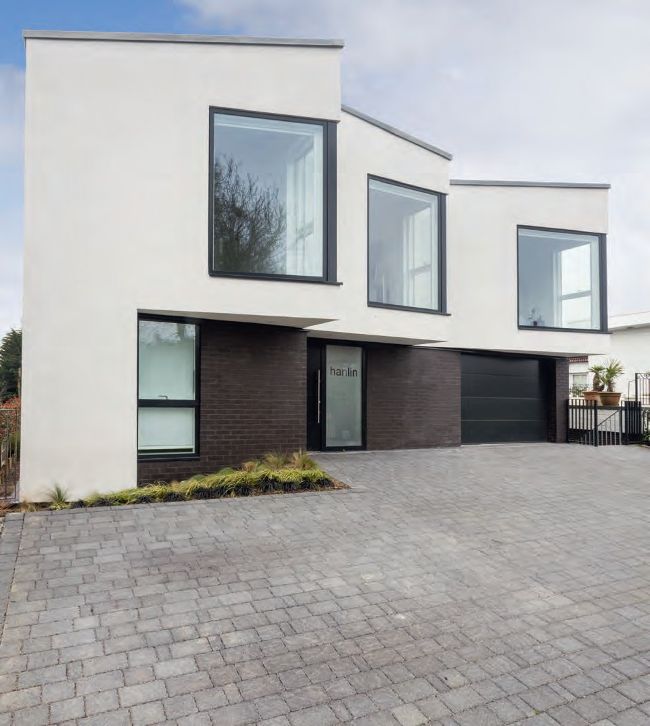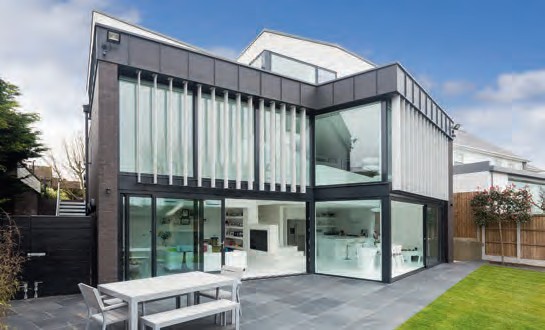Assessing a plot's potential
Architect Opinder Liddar gives his expert tips on how to identify whether a site offers a viable opportunity for your self build project
Opinder Liddar

The two-storey facade of this replacement dwelling features faceted windows that open up views of Epping Forest from the first floor bedrooms, whilst minimising overlooking.
When I join the expert team at the Build It Live shows, people always have enquiries about their plots. Some of the sites I’m shown look too good to be true initially – and after a bit of delving, it usually becomes clear why. But plenty prove to be viable opportunities that will enable their lucky buyers to build their dream home.

Set on a sloping site, the rear of the property has been designed to unfurl over three lightfilled storeys to offer maximum living space
A good question to ask yourself when looking at a plot is why it hasn’t been developed before. This approach can give you clarity of mind when undertaking your preliminary checks. It could be that the owner just isn’t interested in doing anything or has missed an opportunity. Perhaps they’ve only had planning refusals in the past, but changes in policy and good timing on your part could shift the balance. Or maybe the site simply doesn’t have the potential it immediately appears to have. Here’s what you can do to sort the wheat from the chaff.
Hold fire on the design
I’m a strong believer that the site should inform the design of your house, so I would always advocate waiting until you have a plot before you develop any drawings. However, it’s still worth collecting your thoughts and ideas about the kind of home you’d like.
The simple exercise of setting out a basic list of the accommodation you want – the number of bedrooms and bathrooms, garages, a study and other living spaces – will start to inform the overall size of the house. Self builders’ homes tend to have more generous dimensions than the equivalents constructed by big developers. You may need to take some guidance on converting this into an idea of a suitable footprint, but it will help you get a sense of the size of plot you need.
Estimating a budget
Tackling a bespoke project gives you the opportunity to achieve a better quality, more spacious house than you can buy off-the-shelf. What’s more, if you’re looking to stay in your new property for the foreseeable future, you may not necessarily be driven by the idea of making an immediate profit (as a developer would). This could allowyou to invest slightly more in the house to begin with, and capitalise on this as its value increases over time.